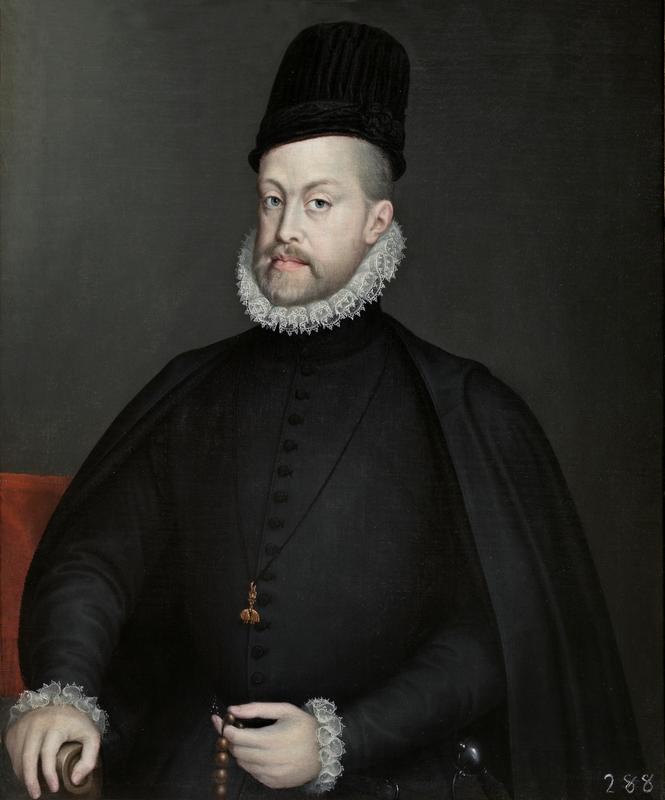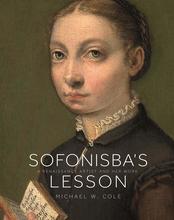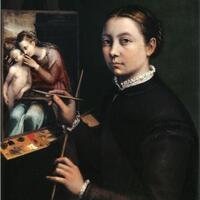More about Philip II
- All
- Info
- Shop

Contributor
As is the case when many men remarry, this piece needed to change when a new woman moved in and marked her territory.
The work was painted by the lady-in-waiting to a lady-in-waiting to King Philip’s third wife, Elizabeth of Valois. When Philip first had the this painting done, he was not necessarily in his prime, but Sofonsiba did him some favors and made him look like a 16th century Spanish hottie. Originally he wore a snappy, fashion-forward cape called a bohemio and his right hand was over his chest and pointing at that little dead sheep necklace he has on, representing The Order of the Golden Fleece.
After Elizabeth died in childbirth and didn’t birth any princes to secure the succession of the crown, Philip had to find a new bride. Philip had already married most of the eligible young (and old) royalty in Europe and all had died while married to him. Yikes. The last European royal young enough to stand a fighting chance of birthing a boy and willing to marry him was his 20 year old niece, Anna of Austria. Did I mention that Philip was twice her age at this point?
Philip and his niece had quite the amorous relationship (*gag*) and it paid off. Anna did eventually give birth to a sickly baby boy who managed to survive to adulthood. Being the only of Philip’s wives to actually have a surviving prince, when she wanted Philip’s best portrait remastered to match a portrait of herself, she got her way.
This time it was less flashy, in no small part because Spain’s economy was falling apart and the monarchy was trying to lead their courts by frugal example. The only things that stayed in the edited version of Philip’s portrait were his face, because he was looking fly, and The Order of the Golden Fleece. Spanish citizens of the day would have known, seeing that dead sheep, that Philip was a peaceful man because the Order was a popular secret society dedicated to peace and love. It meant that even though the economy was crazy, any problems would be solved peacefully. What the connection between a dead sheep and peace is has yet to be found, but there it is.
Sources
- L. Ruiz, "Philip II," The Collection - Museo Nacional del Prado, July 08, 2017, , accessed July 28, 2017, https://www.museodelprado.es/en/the-collection/art-work/philip-ii/7d728….
- Martin Mutschlechner, "Philip II: marriages and offspring," The World of the Habsburgs, , accessed July 28, 2017, http://www.habsburger.net/en/chapter/philip-ii-marriages-and-offspring.
- Martin Mutschlechner, "El Siglo de Oro – the Spanish Golden Age," The World of Habsburgs, , accessed July 28, 2017, http://www.habsburger.net/en/chapter/el-siglo-de-oro-spanish-golden-age.
- J. Balfour, Paul. "The Order of the Golden Fleece." The Scottish Historical Review no. 20 (1908): 405. JSTOR Journals, EBSCOhost (accessed July 28, 2017).













